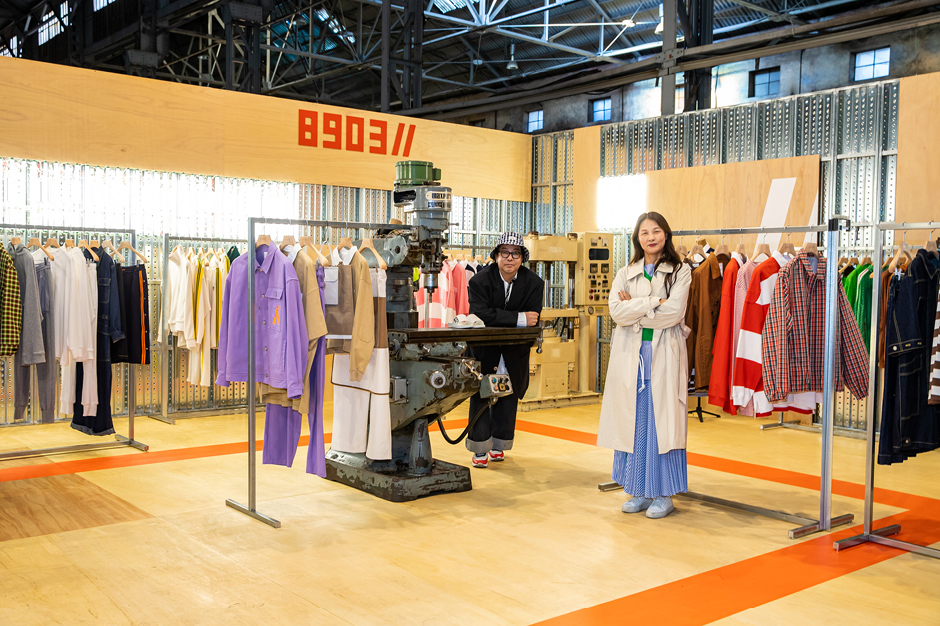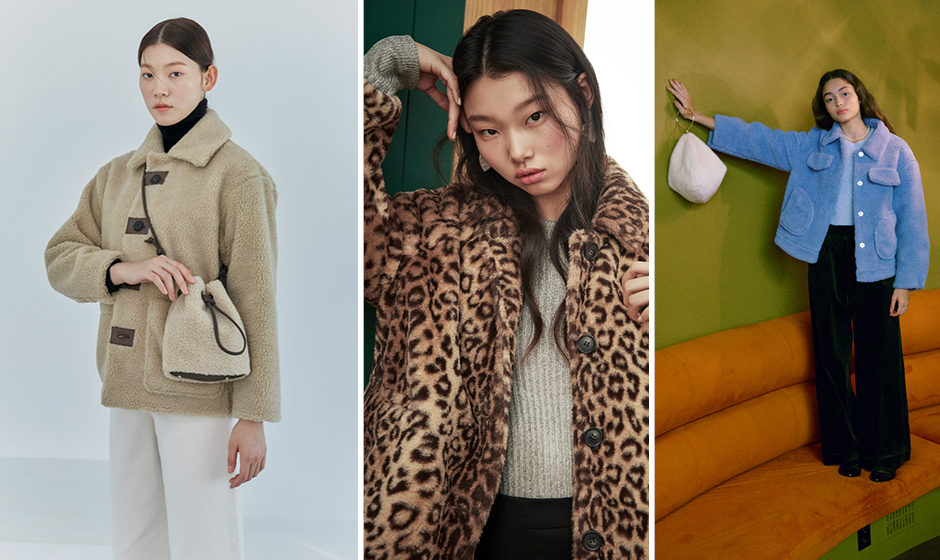The economy is expected to recover slightly this year, but fashion firms will find it hard to achieve positive results if they fail to properly respond in ways that match the changing outlook of consumers.
This is the view of the director of the Samsung Fashion Institute (SFI), Lim Ji-yeon, who predicts that 2020 will be a year in which companies will “connect more closely with consumers.” Speaking after the release of the Institute’s forecast for the new year, she said, “As the market’s hegemony moves to consumers and as their needs become increasingly fragmented, we need sophisticated targeting and strategic execution to provide a ‘good cause’ for each individual.”
So, with the keyword REASON as our guide, let’s take a closer look at the outlook for the fashion business in 2020, as the SFI sees it.

BUSINESS / REASON - Reverse of routine
From a business perspective, 2020 is expected to be a time in which firms seek to not only bounce back, but to take a significant leap forward. The fashion companies that performed poorly in 2019 will have learned from their failure to catch the changing market trends and will look more closely at consumers’ needs.
MARKET / REASON – Elaborated market
From a market perspective, the trend of sophisticated targeting of the individual consumer is expected to accelerate. With the disappearance of mega-trends, which have hitherto dominated fashion, consumers today want brands that listen to their personal stories and reflect their needs. As the consumer’s purchase journey is diversified, brands will need to refine their value chain to make for closer communications with more consumers and thereby boost sales.
CONSUMER / REASON – Alternative consumer
On the consumer side, the trend toward alternative consumption will be strengthened this year as the market breaks away from conventional consumption methods. The industry is changing from one that provides products for consumers to possess to one in which companies provide a service to be experienced. In this regard, the brand values of P2P shared platform introduced by H&M, Danish brand GANNI’s clothing rental service, FREITAG and HURR, appeal to conscious consumers who share a concern about the environment and yet are easily bored.
STYLE / REASON – Sustain & maintain
On the style side, sustainability issues that have transformed consumption and business practices are expected to have an impact, as will the trend of consumers pursuing their own styles instead of following monotonous trends.
We are also seeing the appearance of platforms that only host sustainable fashion brands. For example, Net-a-Porter has launched its Net Sustain platform for environmental and humanitarian fashion brands Stella McCartney, Mother of Pearl, VEJA, and others.
At the G7 summit in Biarritz, France, in August, more than 150 brands from 32 companies, including luxury brands such as Gucci and Chanel, announced a Fashion Pact agreement calling for increased efforts to tackle climate change.
Meanwhile, key labels to look out for during these cold winter months include Responsible Down Standard (RDS), while Samsung C&T Fashion Group brand Beanpole has released products this month using recycled plastic and fishing nets. Also, KUHO Plus, OIAUER, and 8seconds all recently introduced eco-fur products.
SOLUTION / REASON – Ode to customer
In order to implement these keywords we have mentioned, there needs to be a strategic approach that brings consumer-oriented perspectives into all business activities. What’s needed is fundamental structural innovation that focuses not on the producers but on the consumers. This involves responding to the diversified e-commerce trend, readjusting offline distribution, building fast sourcing and production systems to target rapidly changing consumer tastes, and marketing promotions.
BRAND / REASON – Narrative branding
From the brand perspective, the SFI proposes “narrative branding.” The era in which consumption was simply determined by supply and demand is over. In its place belief-driven consumption has begun to take root. Consumers now will not go for brands that do not conform to their beliefs, even if they need the products that they offer.
In other words, the challenge for fashion brands is to provide consumers with a “reason to visit,” a “reason to buy,” and, ultimately, a “reason to love” them.










